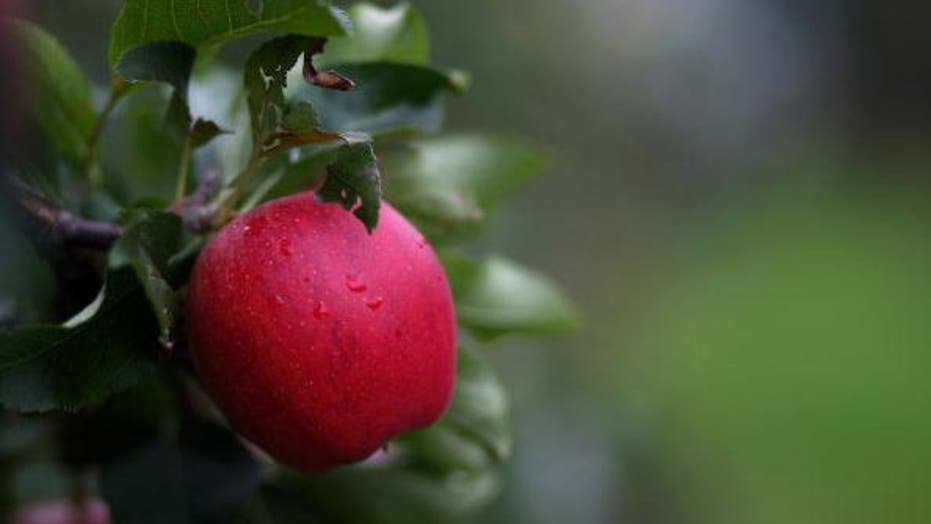The brighter the better? That’s what nutritional experts are stating.
Some of the top cancer-fighting fruits and vegetables are at their nutritional peak in the fall and the key to incorporating them into one’s diet it taking note of their pigmentation.
Those crisp, juicy apples ready to be transformed into simmering cider to keep the cold at bay? They can also prevent throat, mouth, lung and possibly breast cancer, revealed Stacy Kennedy, a senior nutritionist at the Dana-Farber Cancer Institute in Boston.
“The key is to eat them raw and with the skin on,” said Kennedy in an official statement. “That’s where many of the nutrients are found.”
Apples contain quercetin, a nutrient that protects the cell’s DNA from getting damaged, which could lead to the development of cancer. In addition, apples are a great source of fiber, which keeps one feeling full, a key component in cancer prevention.
“We know being overweight increases the risk of getting different types of cancers,” explains Colleen Doyle, director of nutrition and physical activity at the American Cancer Society. “What we’re seeing now is many studies are emerging, showing those who eat more fruits and vegetables tend to be at a healthier weight. We also think eating more fruits and vegetables is really important from a cancer prevention perspective.”
When it comes to savoring cancer-fighting foods, color is important. Each color features unique nutritional properties that have been shown to prevent disease when eaten regularly. For fall, it’s all about golden orange, rich red and deep, leafy green. During this time of year, shoppers should look out for sweet potatoes, a variety of squashes, as well as cranberries, kale, and even cauliflower for a touch of white. Not only should people enjoy a wide variety, but nutritional experts are encouraging creativity in the kitchen the right way.
“We always encourage people to lightly cook their vegetables,” says Doyle. “Don’t turn them into mush. Now lycopene, a nutrient that has been shown in some studies to prevent prostate cancer, is more absorbable in the body when cooked. Canned tomatoes that have been processed in high temperatures probably have more lycopene than eating then raw.”
The result is a medley of hearty soups and mouthwatering lasagnas, all ideal for a warm autumn feast and putting several diseases in their place. Doyle recommends at least 2 ½ cups of fruits and vegetables a day. And for those fearing of emptying their wallets over buying fresh produce shouldn’t fret.
“Frozen is more nutritious than fresh or canned fruits and vegetables because flash-freezing cements those nutrients, as opposed to waiting for something to be shipped and available at your grocery store,” says Doyle. “I usually tell people to buy fresh things locally, which can be frozen.”
With a variety of natural treats to choose from, skipping on pound-packing pies and baked holiday sweets could be easier. And with each color offering several nutrients uniquely beneficial to promoting healthy cells, the possibilities for dishes are seemingly endless.
“I came across a recipe for pumpkin butter, which you can do in your crock pot,” says Doyle. “It uses canned pumpkin, apple cider, and some other spices, like cinnamon and nutmeg. You just put it on low for 4-5 hours and let it cool down. It creates a nice spread for a muffin, bagel, or toast.”

